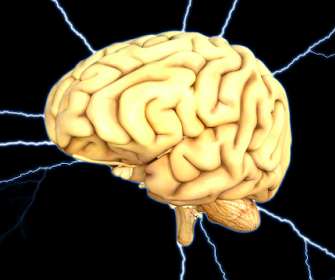Cammy Beans Learning Visions: Another take on Cognitive Load Theory
Learning Visions
APRIL 18, 2007
Wednesday, April 18, 2007 Another take on Cognitive Load Theory The authors of the Eide Neurolearning Blog weigh in on recent research and articles on cognitive load (including the death of Powerpoint that have been talked about here ). the researchers still underestimate the diversity of their audience."




































Let's personalize your content